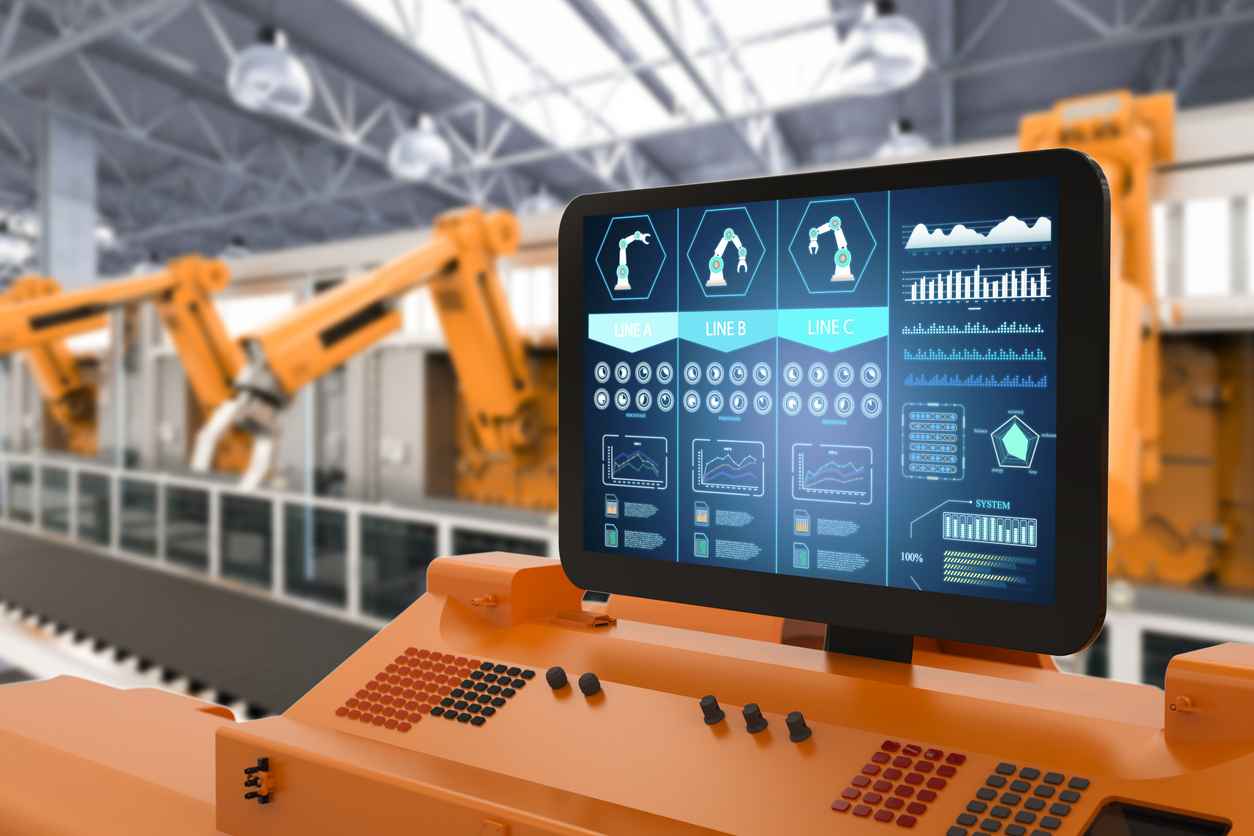
Green Tech: How Businesses Can Reduce Their Carbon Footprint
August 5, 2024
Harnessing Green Technology for a More Sustainable Business
As the world becomes increasingly aware of the environmental impacts of human activities, businesses are under growing pressure to adopt sustainable practices. One of the most significant ways companies can contribute to environmental sustainability is by reducing their carbon footprint. With the advancement of green technology, businesses now have more opportunities than ever to operate sustainably while still achieving their business goals.
In this blog, the Fortec US team explores practical steps businesses can take to reduce their carbon footprint through green tech innovations.
Understanding Carbon Footprint
A carbon footprint refers to the total amount of greenhouse gases, primarily carbon dioxide, emitted directly or indirectly by an individual, organization, event, or product. For businesses, this includes emissions from energy consumption, transportation, manufacturing processes, and waste disposal. Reducing a company’s carbon footprint not only helps mitigate climate change but can also lead to cost savings and enhanced brand reputation.
1. Energy Efficiency Upgrades
One of the most straightforward ways to reduce carbon emissions is by improving energy efficiency. This can be achieved through:
- Upgrading Lighting Systems: Switching to LED lighting can significantly reduce energy consumption and associated carbon emissions.
- Optimizing Heating, Ventilation, and Air Conditioning (HVAC) Systems: Modern, energy-efficient HVAC systems can reduce energy use and improve indoor air quality.
- Implementing Smart Energy Management Systems: These systems can monitor and optimize energy use in real-time, reducing waste and lowering costs.
2. Renewable Energy Adoption
Transitioning to renewable energy sources is another critical step in reducing a company’s carbon footprint. Businesses can:
- Install Solar Panels: Utilizing solar energy can drastically reduce reliance on fossil fuels and lower energy bills.
- Purchase Green Energy: Many utility providers offer green energy options, allowing businesses to purchase renewable electricity.
- Invest in Wind Energy: Wind turbines can be a viable option for companies with access to suitable locations.
3. Sustainable Transportation Solutions
Transportation is a significant contributor to greenhouse gas emissions. Businesses can minimize their impact by:
- Promoting Electric Vehicles (EVs): Switching to electric vehicles for company fleets and encouraging employees to use EVs can significantly reduce emissions.
- Implementing Carpooling Programs: Encouraging employee carpooling can reduce vehicles on the road and decrease overall emissions.
- Utilizing Public Transportation: Providing incentives for employees to use public transportation can further reduce transportation-related emissions.
4. Green Building Practices
Adopting sustainable building practices can reduce energy consumption and environmental impact. This includes:
- Using Sustainable Materials: Selecting materials with low environmental impact, such as recycled or locally sourced materials, can reduce a building’s carbon footprint.
- Incorporating Green Roofs: Green roofs can improve insulation, reduce energy consumption, and provide additional green space.
- Implementing Water Conservation Measures: Low-flow fixtures, rainwater harvesting systems, and water-efficient landscaping can reduce water usage and associated energy costs.
5. Waste Reduction and Recycling
Minimizing waste and promoting recycling can have a significant impact on a company’s carbon footprint. Strategies include:
- Implementing Recycling Programs: Providing employees with accessible recycling options for paper, plastic, and electronic waste can reduce landfill contributions.
- Reducing Single-Use Plastics: Encouraging the use of reusable containers and reducing reliance on single-use plastics can lower waste and emissions.
- Composting Organic Waste: Composting food and other organic waste can reduce methane emissions from landfills.
6. Leveraging Green Technology in Operations
Many businesses can benefit from integrating green technologies into their operations, such as:
- Cloud Computing: Moving to cloud-based services can reduce the need for physical servers, lowering energy use and associated emissions.
- Digitalization: Reducing paper use through digital processes can minimize waste and the carbon footprint associated with paper production and disposal.
- Energy-Efficient Equipment: Investing in energy-efficient machinery and equipment can reduce energy consumption and operational costs.
Embrace Green Technology with Fortec Us
Reducing a business’s carbon footprint is not only an environmental imperative but also a smart business decision. By adopting green technologies and sustainable practices, companies can lower their operational costs, enhance their reputation, and contribute positively to the planet.
Fortec US is committed to providing innovative solutions that help businesses achieve their sustainability goals. Whether you’re looking to upgrade your energy systems, adopt renewable energy, or implement sustainable practices, we have the expertise and technology to support your journey toward a greener future. Contact us today to learn more and get in touch!

How Smart Display Solutions Will Drive Brand Visibility in 2026
January 7, 2026

How Fortec US Helps Companies Navigate End-of-Life Components
January 5, 2026

The Benefits of Touchscreen Integrated Displays
December 8, 2025

Why Retailers Need Stronger Cybersecurity Strategies During the Holidays
December 5, 2025

Staying Safe This Season: Cybersecurity Tips for Online Shoppers
December 2, 2025

What Makes a Display Industrial Grade?
November 6, 2025


